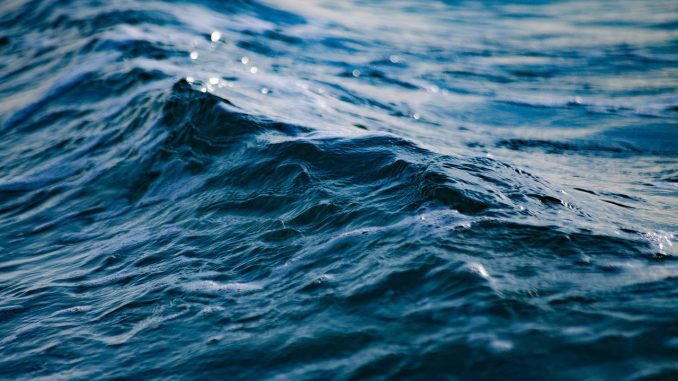
A working meeting on the water situation in the Casablanca-Settat region was held at the Wilaya on June 20. Chaired by the Minister of Equipment and Water, Nizar Baraka, the meeting reviewed the state of progress of the main drinking water supply projects for the region. The main project is the forthcoming seawater desalination plant.
In recent years, Morocco has adopted seawater desalination as one of the main solutions for coping with water stress. A number of technologies are now available to desalinate seawater and make it suitable for consumption. The two most commonly used processes are distillation and reverse osmosis.
Distillation involves evaporating seawater, either using the heat of the sun’s rays or by heating it in a boiler. Only the water molecules escape, leaving behind the dissolved salts and all the other substances contained in the seawater. All that’s needed is to condense the resulting water vapour to obtain fresh, drinkable water.
Reverse osmosis, on the other hand, requires seawater to be filtered and disinfected to remove suspended elements and micro-organisms. The process then involves applying sufficient pressure to this salt water to force it through a semi-permeable membrane. Only the water molecules pass through the membrane, providing fresh drinking water.
In the past, the distillation technique was the most widely used worldwide. However, this technique is highly fossil-energy intensive. This is why the reverse osmosis technique, which consists of filtering water under pressure through a membrane, has conquered the market in recent decades. Today, 84% of seawater desalination worldwide is based on reverse osmosis.
Thanks to this, the cost of desalination has been divided by ten in fifteen years. If green electricity is used, the plant’s carbon footprint is greatly reduced.

Be the first to comment